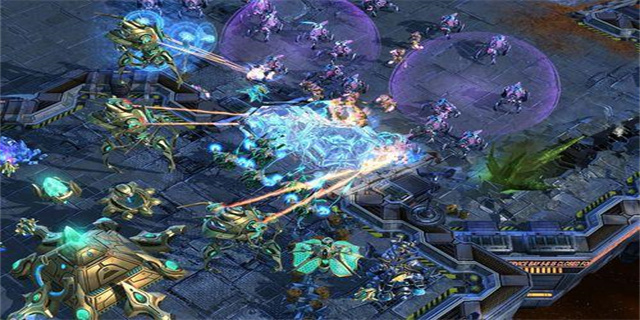Boost Employee Productivity with Effective Incentive Programs
Employee productivity is one of the key factors that determine the success of any organization. However, motivating employees to perform at their best can be a challenge, especially in a competitive environment. As a leader, it is your responsibility to develop strategies that can help increase employee productivity. One effective way to achieve this is through incentive programs. In this article, we will discuss the benefits of incentive programs and how to design a successful one.
What Are Incentive Programs?
Incentive programs are rewards or bonuses that organizations offer to their employees to motivate them to achieve specific goals or behaviors. These programs are designed to encourage employees to go above and beyond their regular duties and perform at their best. Incentive programs can be in the form of cash bonuses, gift cards, vacations, or other non-monetary rewards.

There are two types of incentive programs: individual and team-based. Individual incentive programs reward employees based on their individual performance, while team-based programs reward groups of employees who work together to achieve specific goals. Both types of programs have their advantages, and the choice of which to use depends on the organization's goals and culture.
The Benefits of Incentive Programs
Incentive programs have several benefits for both employees and organizations. Here are some of the most significant advantages:

1. Increased Motivation and Productivity
Incentive programs provide a tangible reward for employees to work towards, which can increase their motivation to perform at their best. When employees know that their hard work will be recognized and rewarded, they are more likely to put in extra effort and go above and beyond their regular duties, resulting in increased productivity and better results for the organization.
2. Improved Engagement and Job Satisfaction
Incentive programs can also improve employee engagement and job satisfaction. When employees feel recognized and appreciated for their hard work, they are more likely to feel valued and committed to the organization. This can lead to increased loyalty and reduced turnover rates.
3. Increased Collaboration and Teamwork
Team-based incentive programs can also encourage collaboration and teamwork among employees. When employees work together towards a common goal, they are more likely to communicate effectively, share ideas, and support each other, leading to better results for the organization.
4. Improved Performance Metrics
Incentive programs can also help organizations achieve specific performance metrics. By setting clear and measurable goals for employees to work towards, organizations can track progress and evaluate the effectiveness of the incentive program.
Designing a Successful Incentive Program
To design a successful incentive program, organizations should follow these steps:
1. Identify Clear and Measurable Goals
The first step in designing an incentive program is to identify clear and measurable goals. Organizations should set specific targets that employees can work towards, such as sales targets, customer satisfaction scores, or production quotas. These goals should be challenging yet achievable and aligned with the organization's overall objectives.
2. Choose the Right Incentives
The next step is to choose the right incentives. Organizations should consider what rewards will motivate their employees the most, whether it is cash bonuses, gift cards, or other non-monetary rewards. The incentives should be meaningful and desirable to the employees, and the reward should be commensurate with the difficulty of achieving the goal.
3. Communicate the Program and Goals Effectively
Organizations should also communicate the incentive program and goals effectively. Employees should be aware of the incentives available and the goals they need to achieve to be eligible for the rewards. Communication should be clear, timely, and consistent to ensure that employees are fully informed and motivated to participate.
4. Evaluate and Adjust the Program as Needed
Finally, it is important to evaluate and adjust the program as needed. Organizations should track progress towards the goals and evaluate the effectiveness of the incentive program regularly. If the program is not achieving the desired results, adjustments may be necessary, such as changing the rewards or setting different goals.
Closing Thoughts
In conclusion, incentive programs are an effective way to boost employee productivity and motivation. By setting clear goals, choosing the right incentives, communicating the program effectively, and evaluating the results, organizations can design a successful incentive program that drives better results and improves employee engagement and satisfaction.



















